

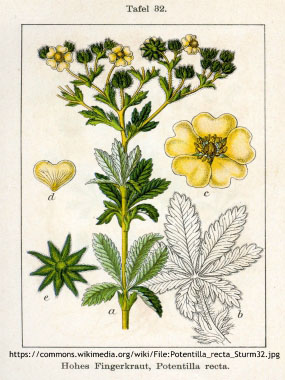
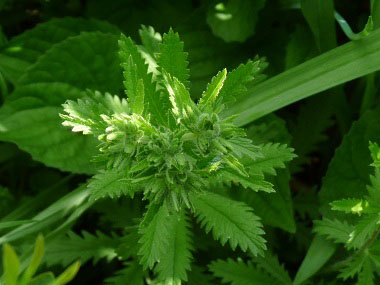

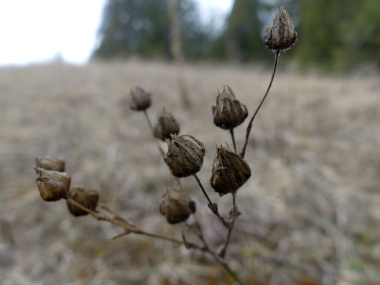
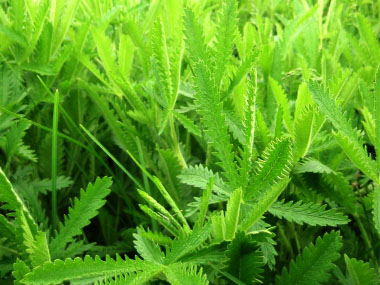

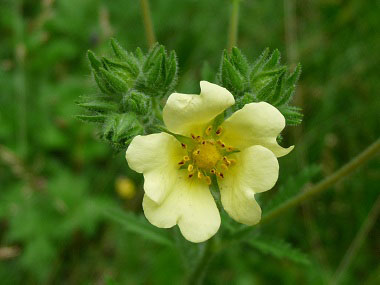
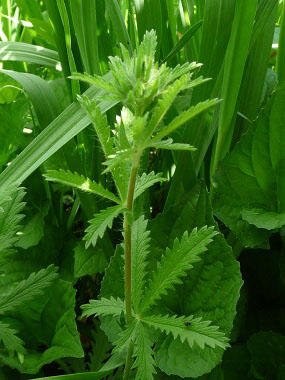


To support our efforts please browse our store (books with health benefits, etc.).
Originally from the eastern Mediterranean region, the sulphur cinquefoil was introduced to Canada and the US. It is in the Rosaceae family (Rose) and this species typically lives anywhere from one to ten years. It is a self-seeder in which the seeds can germinate the same year in which the plant sprouted. The seeds can also remain in the ground and viable for up to three years. It is similar to rough cinquefoil (Potentilla norvegica) in general habit and appearance but distinguished by being perennial from a coarse, fibrous root system. You will notice that some websites spell sulphur cinquefoil as sulfur. Although either can be used, sulphur is more commonly accepted.
Distinguishing Features
This plant is distinguished by its 5 to 7 leaflets that are palmately arranged at the end of a leafstalk (like fingers from the palm of a hand). Sometimes there may only be 3 leaflets per leaf but generally it has five leaves.
Flowers
Sulphur cinquefoil has five shallowly-notched yellow petals. The central part of the blossom is a deeper, sulphur yellow, which give the plant its common name. In the centre of the five yellow petals are a cluster of many roundish, flattened stamens which encircle the central sulphur-coloured cluster of many pistils. Underneath the five petals are several hairy, pointed sepals.
 Fields
of Nutrition has medicinal benefits and vitamin/mineral content of Sulphur Cinquefoil.
Fields
of Nutrition has medicinal benefits and vitamin/mineral content of Sulphur Cinquefoil.
Leaves
The palmately compound leaves of sulphur cinquefoil have 5 to 7 toothed leaflets on the lower leaves; the upper leaves may only have 3 leaflets. They have a hairy underneath, and the lower leaves are borne on long, hairy petioles. The upper leaves may be nearly sessile. They grow alternate on a hairy stem. The leaves are always green on both surfaces but a bit lighter underneath.
Height
The stems are erect with some branching in the upper portions and grow 30-60 cm (1 to 2') tall.
Habitat
This cinquefoil can be found growing in the wild along roadsides, in pastures, fields, gravelly areas, along railroad tracks, and in compacted soil along grassy paths or dirt roads.
Edible Parts
Fruit of this plant can be eaten raw or cooked. According to Plants for a Future, the unripe fruit is almost as pleasant as the fully ripe fruit. The plant contains nine flavonoids including kaempferol and quercetin. Euell Gibbons ate the young shoots and the leaves. In a Turkish study this plant was found to have phenolic compounds. These findings support the traditional use of this plant with its strong anti-inflammatory activities. (© 2018 National Institute of Science Communication and Information Resources)
Other Name
Roughfruit Cinquefoil.
Similar Plants
Slender Cinquefoil.
Winter Survival Food Handbook

PDF Plant Magazines
Types of Wild Food
Geographic Zones Seasons
Disclaimer
EdibleWildFood.com is informational in nature. While we strive to be 100% accurate, it is solely up to the reader to ensure proper plant identification. Some wild plants are poisonous or can have serious adverse health effects.
We are not health professionals, medical doctors, nor are we nutritionists. It is up to the reader to verify nutritional information and health benefits with qualified professionals for all edible plants listed in this web site. Please click here for more information.
Why Edible Wild Food?
- Food costs are rising
- Free, wild food is readily abundant
- Wild food adds nutrition to your diet
- Wild food can help treat various medical conditions





